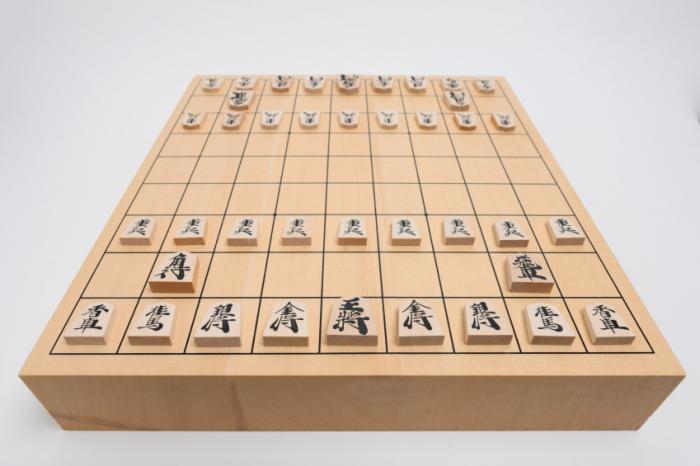We often make strategic decisions intuitively – before evaluating all our
options. For example, in games of strategy, players quickly adopt a stance of attack or
defense. Exactly how this occurs, is not clear to brain researchers. Now, an imaging
study of people playing the Japanese chess game shogi reveals some new clues about this
intuitive strategy decision process.

Researchers found that different regions of the brain separately encoded the values of offensive and
defensive strategies as shogi players viewed different board layouts.
In the journal Nature Neuroscience, researchers from the RIKEN Brain Science
Institute in Japan, describe how they discovered two different regions within the
cingulate cortex region of the brain separately encoded the values of offensive and
defensive strategies as shogi players viewed different board layouts.
One region lies toward the front of the brain and the other towards the back. Senior
author Dr. Keiji Tanaka, who leads the Cognitive Brain Mapping team at RIKEN, says:
“We were surprised that the brain activity in two regions depended on which strategy
was chosen.”
For their study on how the brain guides intuitive thinking, the team used functional
magnetic resonance imaging (fMRI) to measure the brain activity of competent amateur
players of shogi as they were shown different board configurations and quickly decided
whether to adopt a defense or attack strategy.
The researchers chose to study shogi players because they can sit very still
for the brain scans and because the game has moves that can be clearly categorized as
offensive or defensive.
In order to separate brain activity linked to decisions about moves from decisions
about strategy, for about half the time of the experiment, the players were told which
strategy to adopt – either attack or defense – and to choose the best possible move from
a shortlist. This meant during that time the scans were picking up only on activity about
best moves.
Activity in separate brain regions linked to board values of attack and defense
strategies
When they analyzed the scans against the various types of decision the players were
making, the team found that choosing an attack strategy was linked to greater activity in
the posterior cingulate cortex (toward the back of the brain), and choosing to defend
was associated with greater activity in the rostral anterior cingulate cortex (toward the
front of the brain).
The team found that a third region, the dorsolateral prefrontal cortex, was equally
active for both strategies.
The results also showed that the three brain regions were more active when
players were choosing a strategy than when choosing moves once they were given a strategy
to follow.
Further analysis showed that the activity in these brain regions was linked to the
board values of the offensive and defensive strategies, and not just the decision of
whether to attack or defend.
It showed that the level of activity in the rostral anterior cingulate cortex
corresponded with the defense value, and at the same time, the level of activity in the
posterior cingulate cortex corresponded with the attack value.
The team also found that the level of activity in the third region – the dorsolateral
prefrontal cortex – correlated with the difference between attack and defense values,
suggesting it played a role in the ultimate decision to attack or defend.
Players made their choices intuitively and not through reasoning
Finally, the team compared the results with player performance. They found that the
players were better at choosing the best strategy than the best move, and that strategy
decisions took a lot less time.
The team suggests their findings show the players chose their strategy as a
result of heightened perceptual awareness of the board layout – in other words their
intuition – and not after reasoning through the options.
Dr. Tanaka says clarifying the brain mechanisms behind this type of strategic
decision-making can help us develop better models to understand intuition, and
suggests:
“This knowledge could have several applications, such as guiding
decision-making in sophisticated artificial intelligence.”
In April 2013, Medical News Today learned of a study that showed when rats
were faced with a series of challenges where they had to make a decision, their performance was just as good when they decided rapidly
as when they took a lot more time to respond.